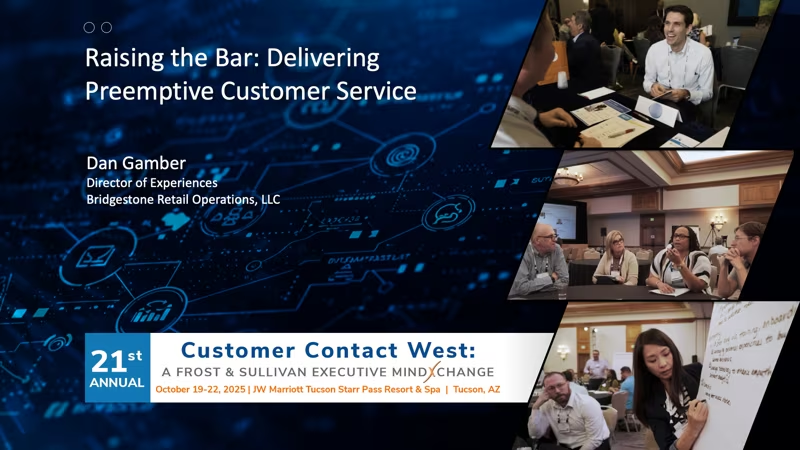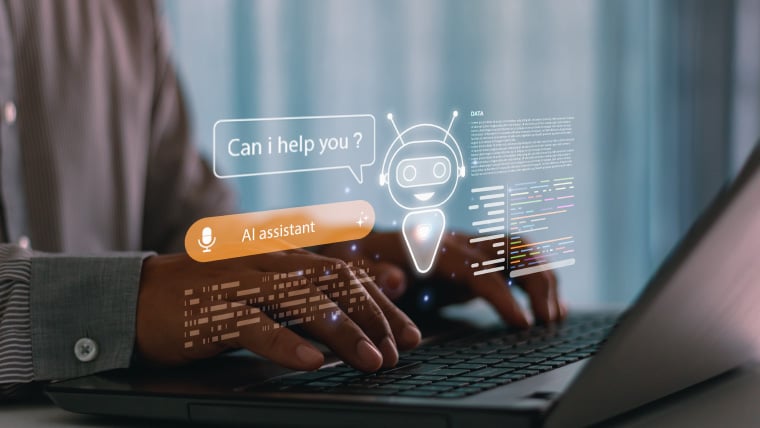New Normal. Extraordinary circumstances. Unprecedented. These are all the words we’ve heard applied to the last three years of work life. This vocabulary circulated as a way to describe and justify a new, and what many thought temporary, way of working. Three years later, it’s now evident that we are in a new modern era of work. Adaptable spaces, flexible scheduling and added benefits companies would never have thought to market in the pre-pandemic days.
While there are many aspects of the modern era of work that fascinate me, retainment of talent through the improvement of the employee experience is a personal passion. I essentially get to ask myself and my team how we can make work more joyful and personal. By constantly working on the employee experience, we can have a direct effect on the longevity of our most precious resource. This can help companies who may not be able to adapt as quickly to the changing expectations of the job market. It’s important to not only ask yourself how your company can adapt in this new modern era, but what current practices can be improved upon.
Simple shifts in leadership mindset can cause change
Not all changes and adaptation to this modern era need to be earth shattering. You’ll find that even a simple shift in mindset within leadership can cause waves of change. For example, in this new modern era of work, employees are considered your most important asset and many leadership teams have circulated the concept that a customer experience will never outperform the employee experience. Therefore, in order to improve our customer’s journey, we should focus on our employees!
Over the past three years we’ve seen waves of resignation and layoffs that prompt us to think “how can we keep our best and brightest through tumultuous change?”
At hubley, we’re focused on providing practical tools to support the natural progression of the employee lifecycle and provide avenues of improvement. It’s not only about attracting the best talent but keeping them long term. A centralized communication tool, like an intranet, can be the homebase of the employee journey. A single pane of glass to guide users towards their most necessary resources and personal connection points across the company.
Essentially, the intranet is the digital mothership guiding fleets of teams through work cycles.
Let’s start our discussion by identifying some key stages of the employee experience.
- Recruitment and Hiring
- Onboarding
- Engaging
- Developing
- Thriving
- Departing
A centralized communication platform can help you connect with employees and provide solutions during each stage listed above. In which stage are there opportunities for your organization to improve?
I would like to explore the two stages that can lead to higher retention rates. While all stages of the employee lifecycle are important, onboarding and engagement practices have some of the most measurable correlations to increased retention in organizations.
Onboarding
Onboarding is not just paperwork, it’s one of the most important impressions you will make on an employee. Onboarding should be the synopsis of what the employee can expect of their future work life. Using your central communication platform as an information source can help your company provide consistent onboarding experiences and ensure your employee base has the highest chance of success by introducing the common practices of work across your organization.
Digitizing your onboarding experience has been one of the top changes in the modern era of work and it’s packed with benefits for your employee (not to mention your company).
- Centralized onboarding platforms lead to more consistent employee experiences and allow for specialization channels which provides a personal touch for the onboarded user.
- Personalization methods including guided virtual team introductions, mentor programs and facilitated training sessions increase company buy-in and creates the employee’s initial personal connections.
- An employee with company culture training and established personal connections is three times as likely to feel prepared and supported in their role.
- Culture training can be integrated earlier into the employee experience through onboarding. With formal onboarding processes centralized on your Digital Mothership (aka your central communication platform), you can connect the employee more quickly to communication channels supporting your company’s culture.
Engaging
A central tenant in the modern era of work is the understanding that humans look for human connections, in their personal and professional lives. Now more than ever, our employees are interacting with screens for a majority of their day, so how can we best engage with them? Really, all it takes is thinking through how you connect with your own friends/family outside of work. Social media has been providing connection points globally for years before we entered this modern era of work, so take a page from their book.
Using an intranet is not only as an avenue for company information, but for social promotion, and increases overall engagement on your digital platforms. The intranet can be the baseline for engagement methodologies within your company. Connecting through a digital landscape is a common practice across generations, from Baby Boomers and their love of Facebook to Gen Z and the Tik Tok phenomenon (but really YouTube is still the reigning king). Ingraining familiar social elements through video promotions, photo walls, sharing capabilities, chat threads, and employee developed content builds consistent and sustainable engagement practices.
Through utilization of a centralized digital platform, companies can provide the modern work expectations developed over the last three years, and efficiently navigate extraordinary shifts in workforce practices while retaining top talent.
Alexandra is the head of the Customer Success Manager Department at hubley, a best in breed intranet services provider. Her continuous goal is to never stop understanding how employees thrive and directly correlate to customer success in the SaaS industry space.



